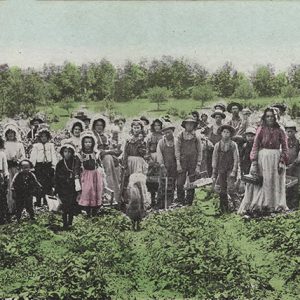Entry Category: Industries
 Strawberry Farm
Strawberry Farm
Strawberry Industry
Swine Industry
aka: Pig Industry
aka: Pork Industry
Timber Industry
Tomato Industry
Tripoli Mining
Trucking Industry
Vanadium Mining
Wheat and Small Grain Industry
 Wilson Cotton
Wilson Cotton




